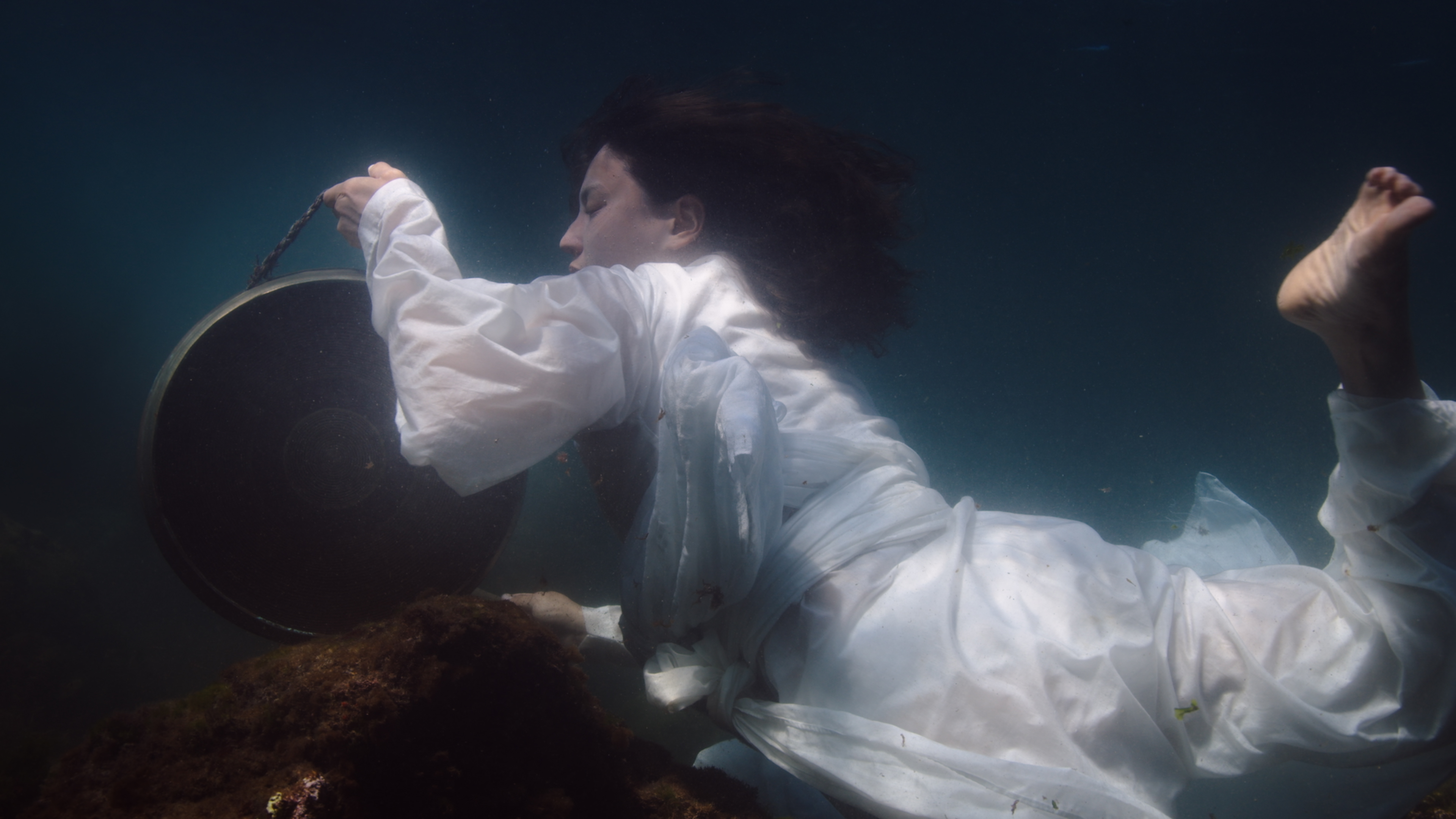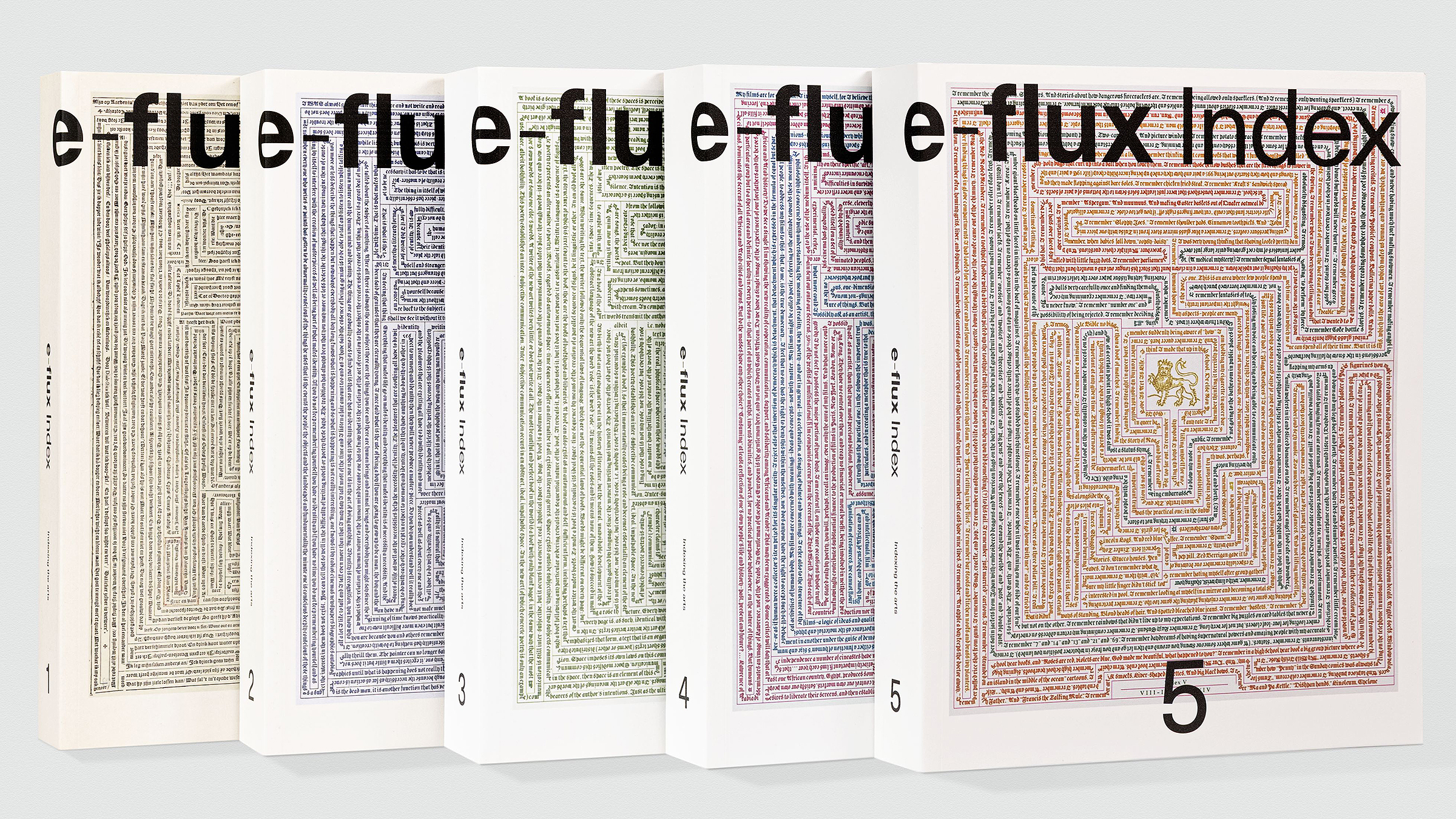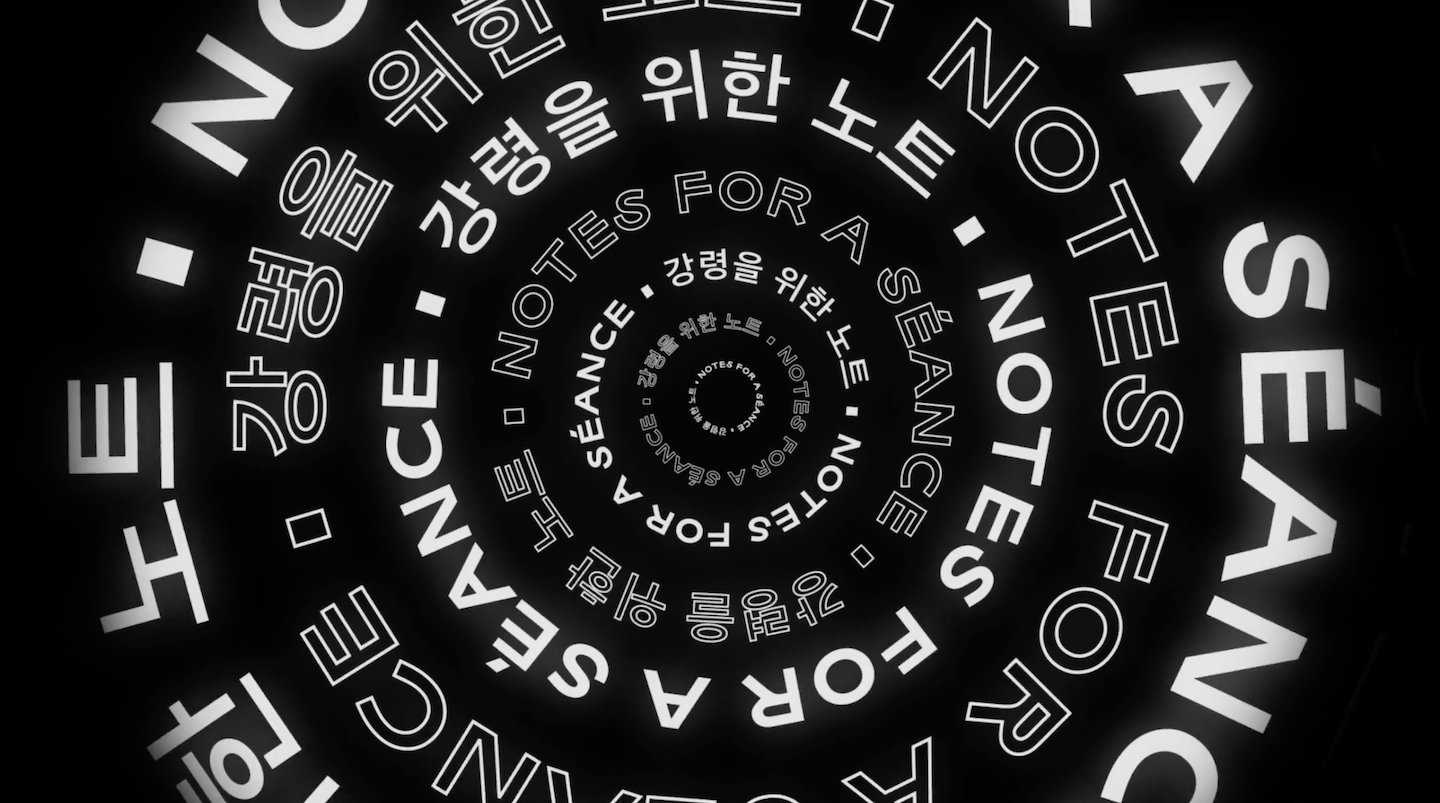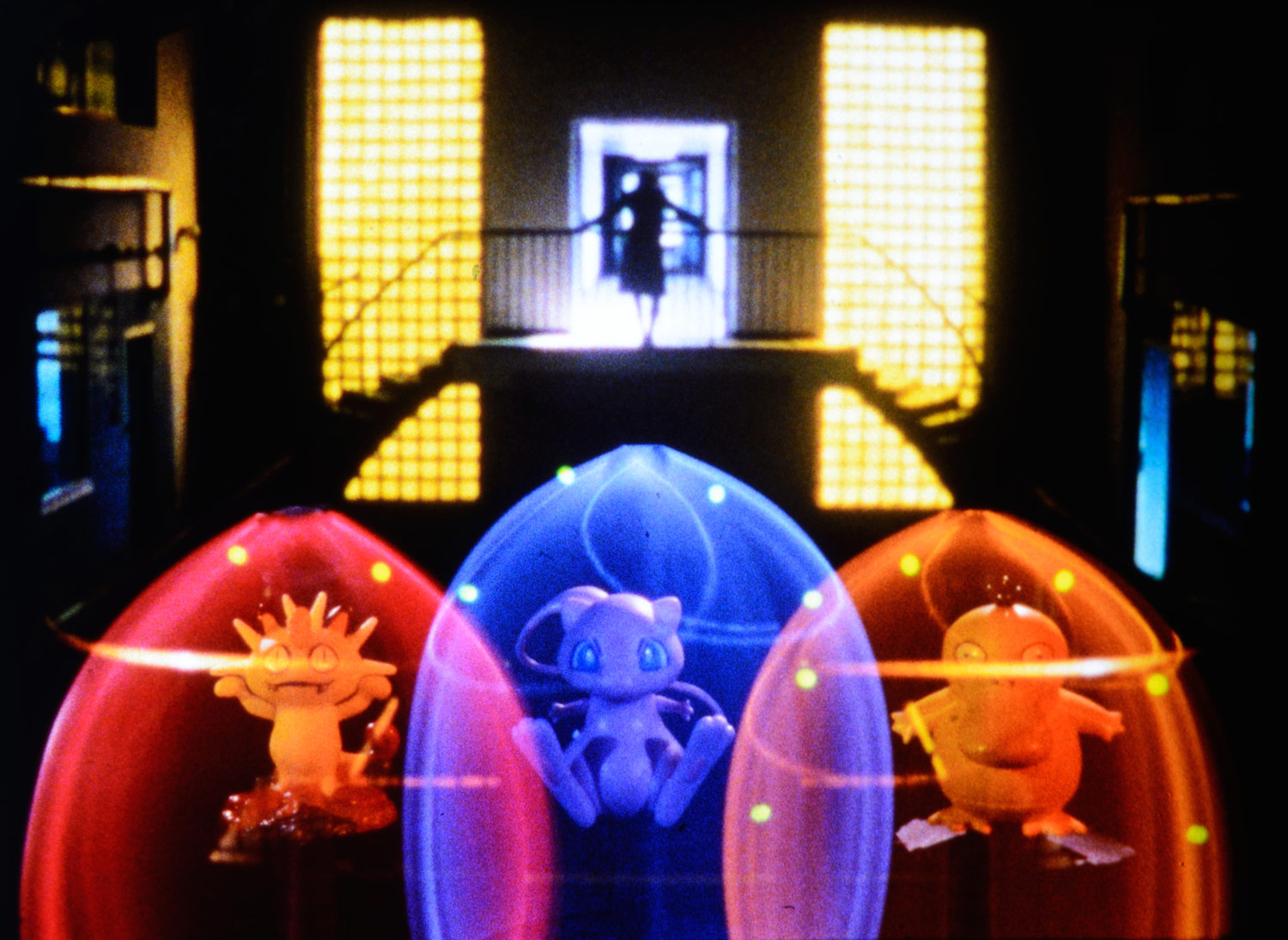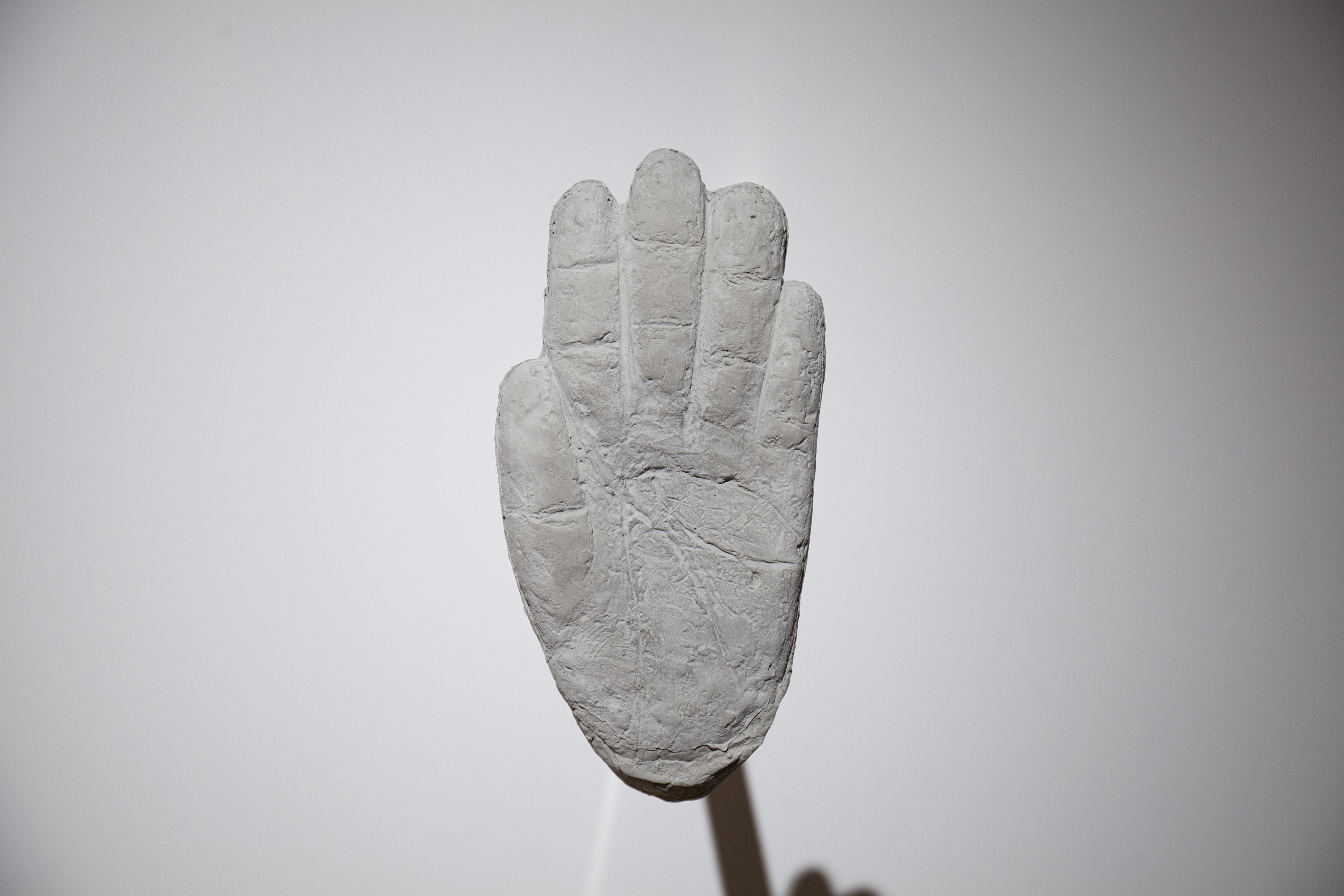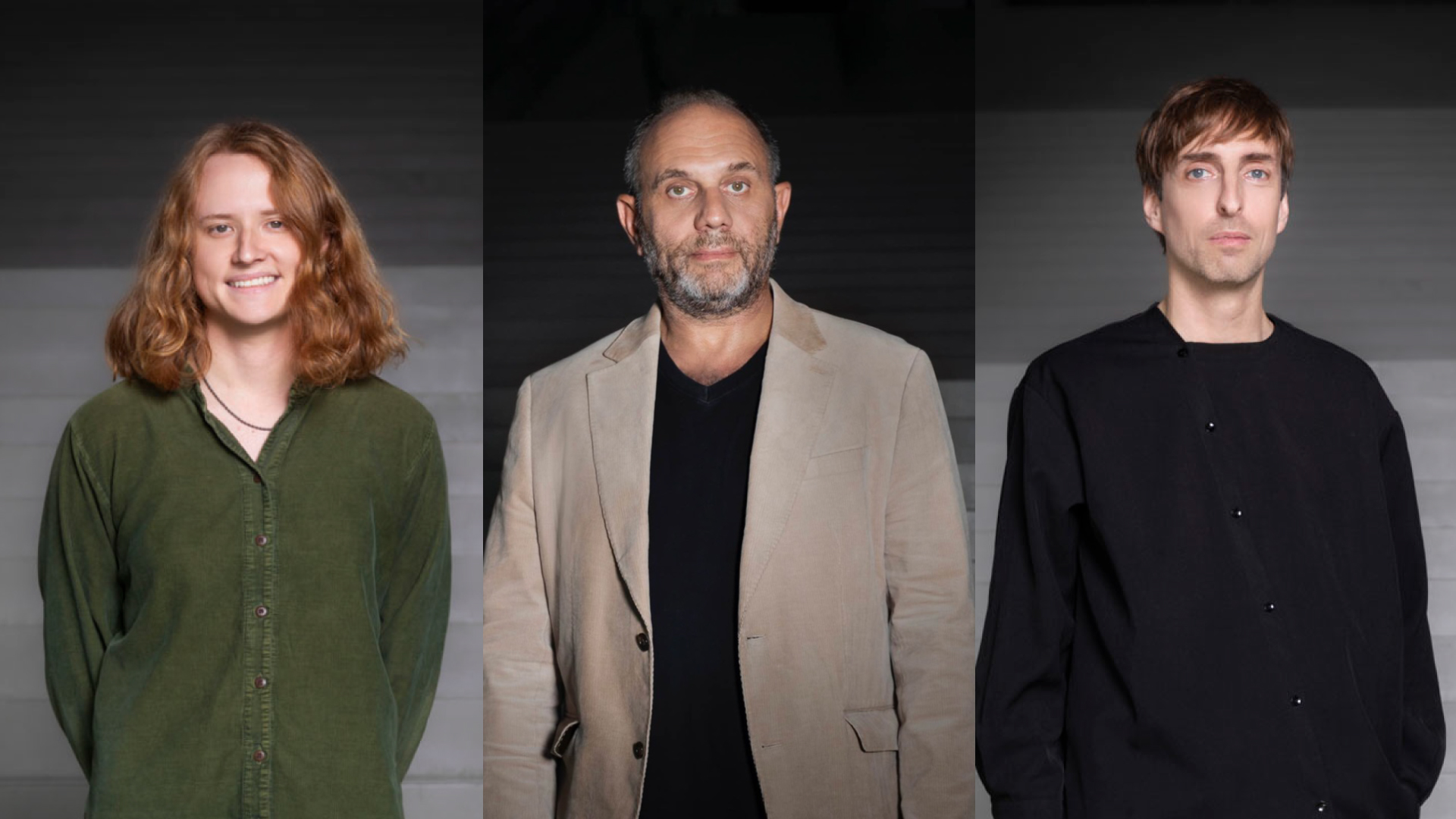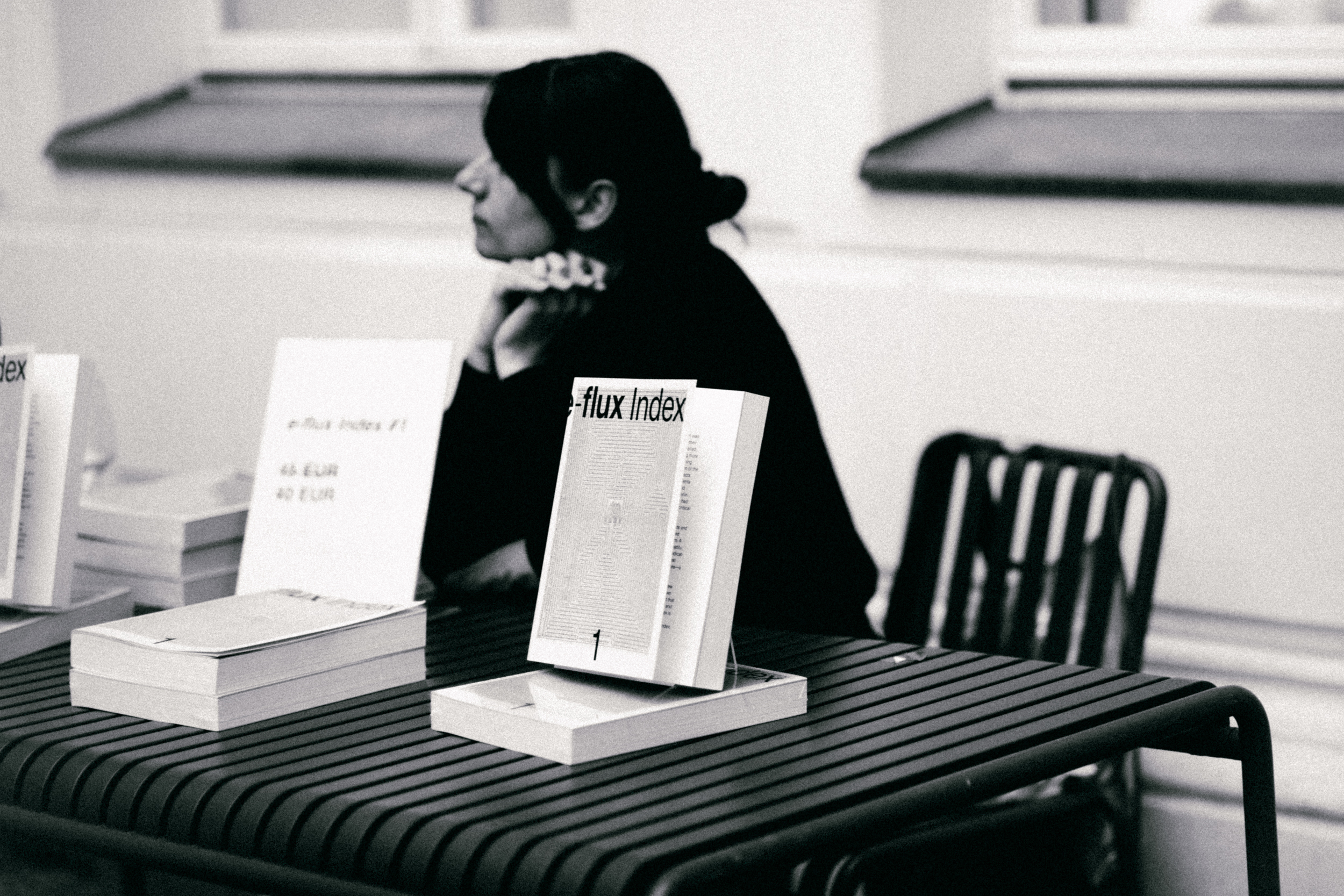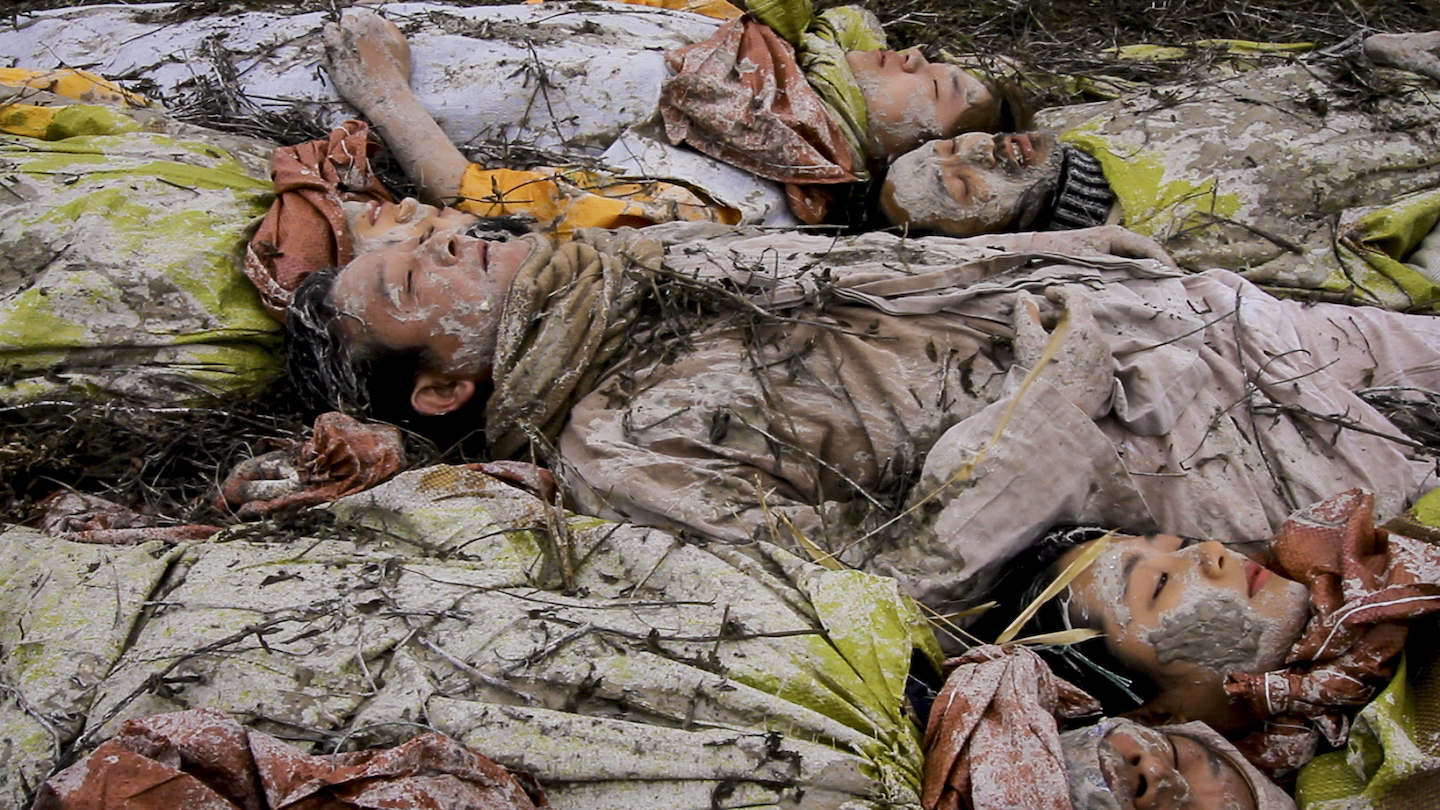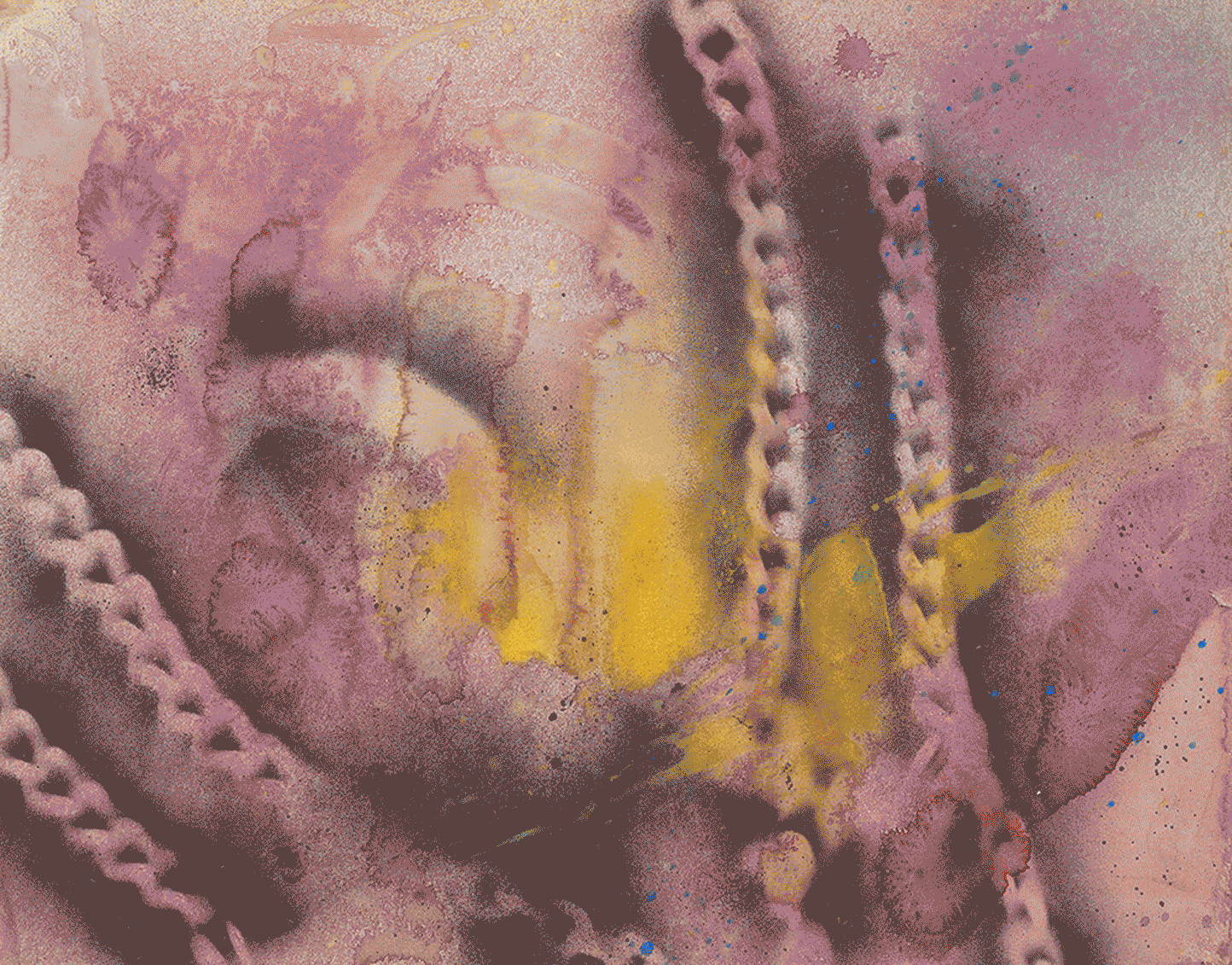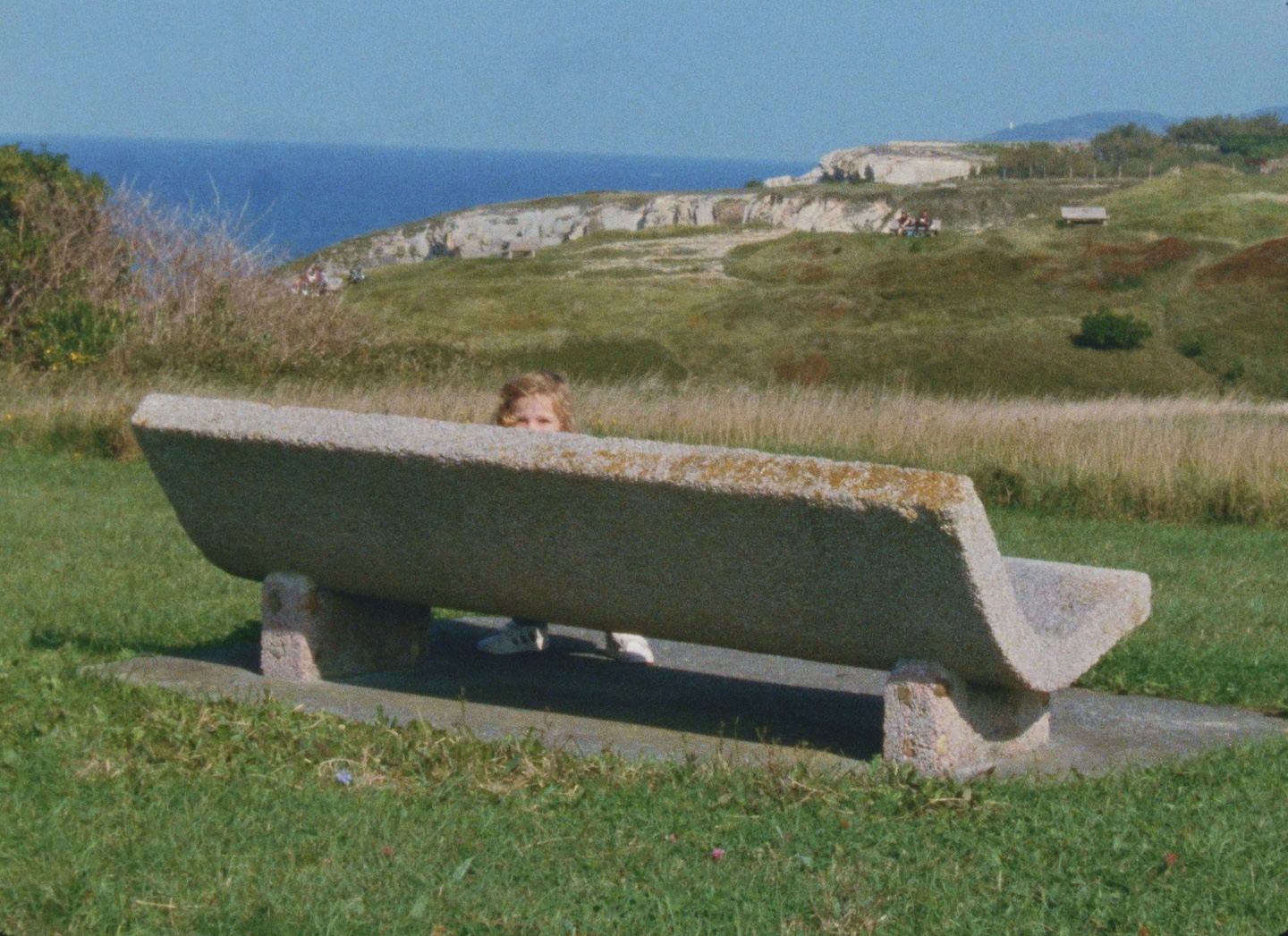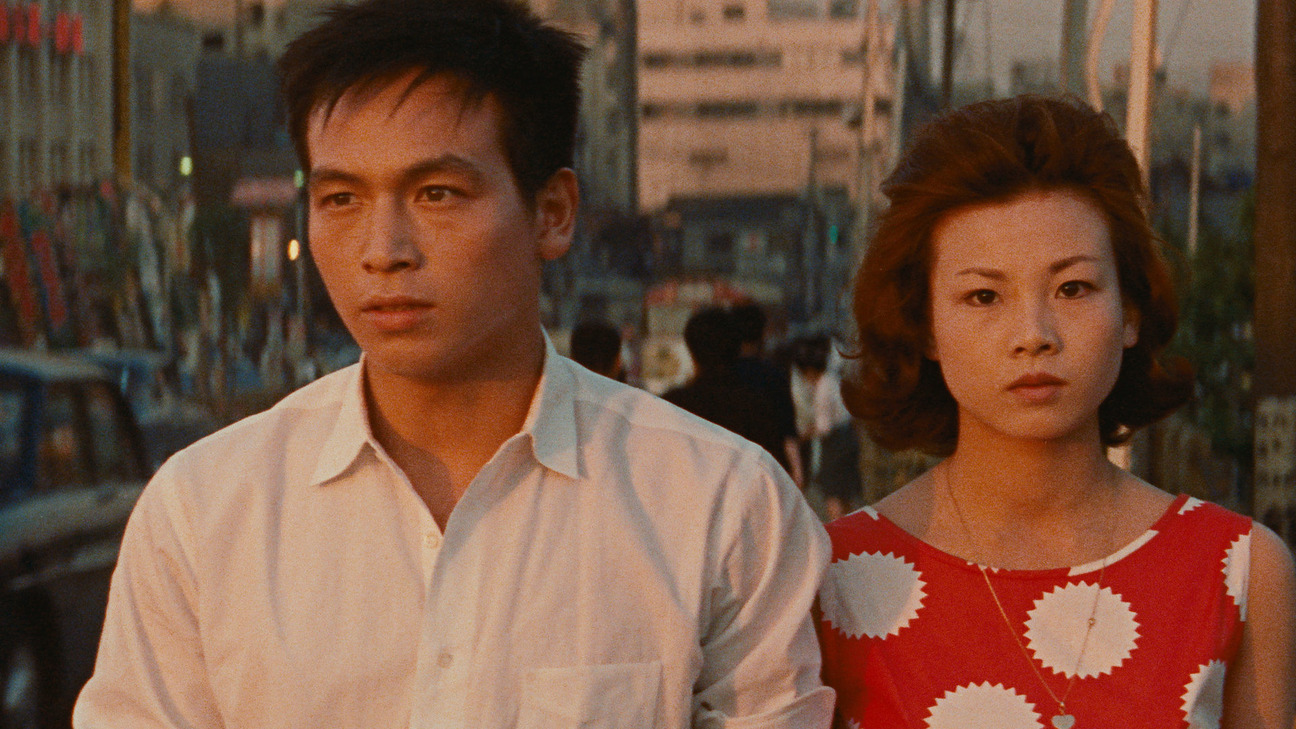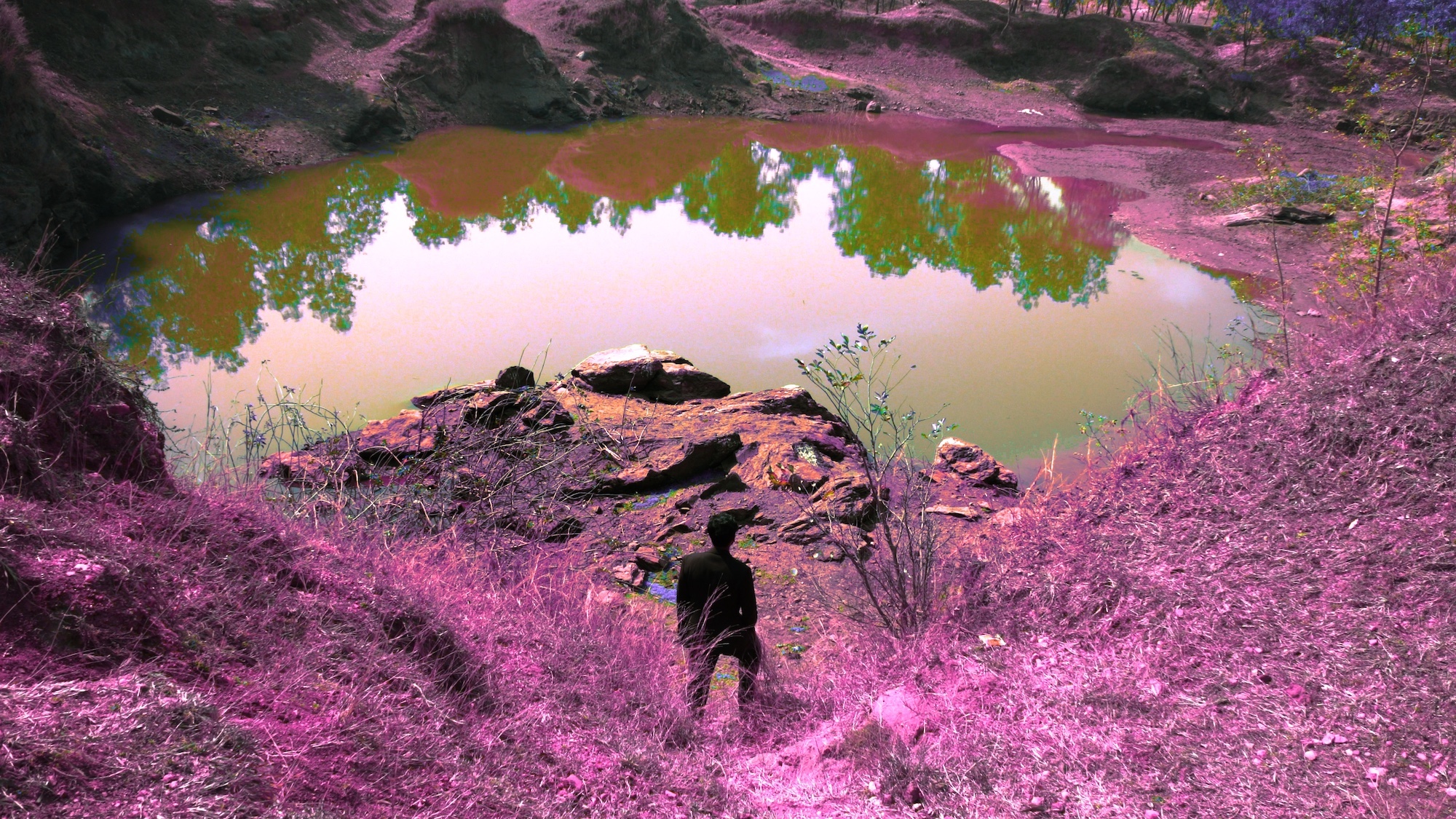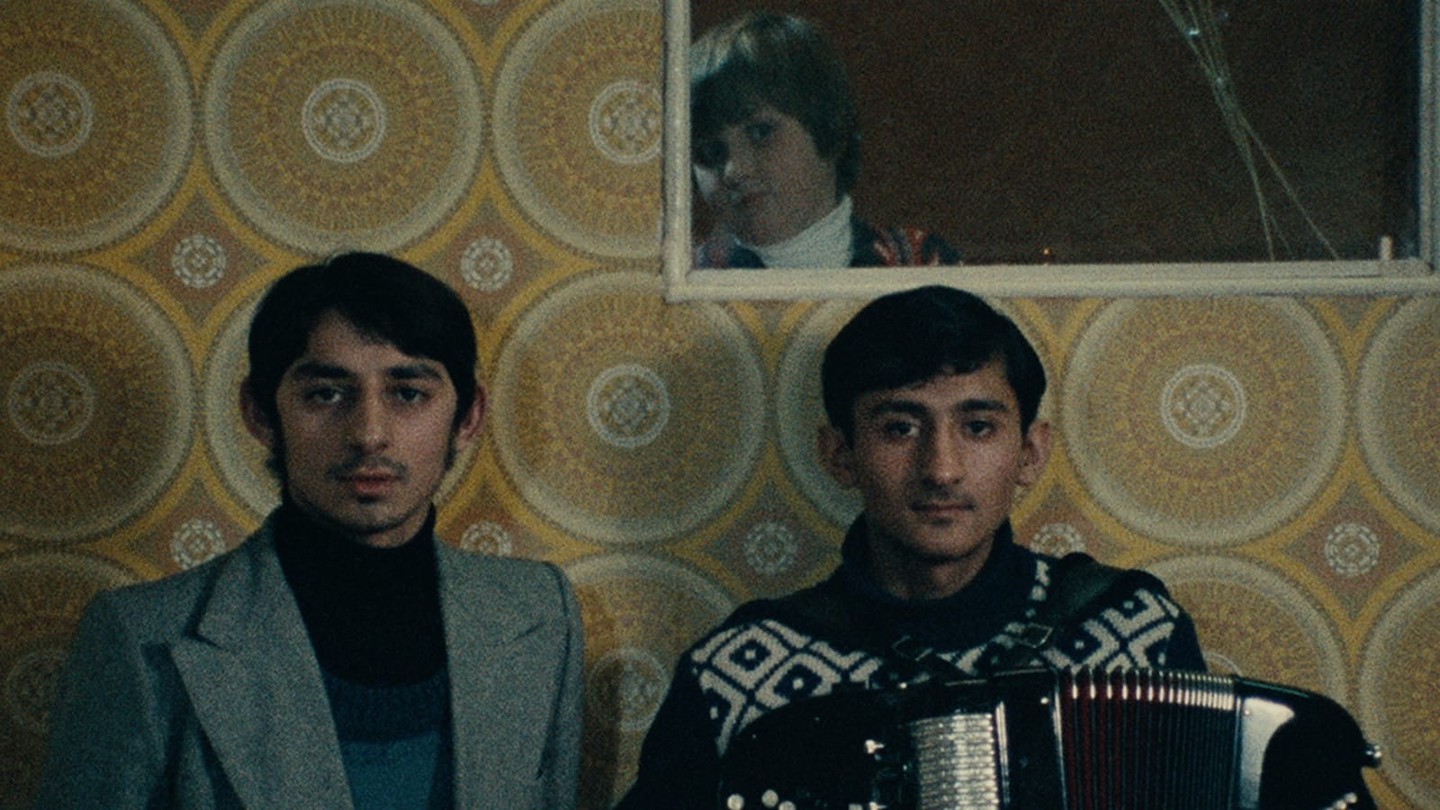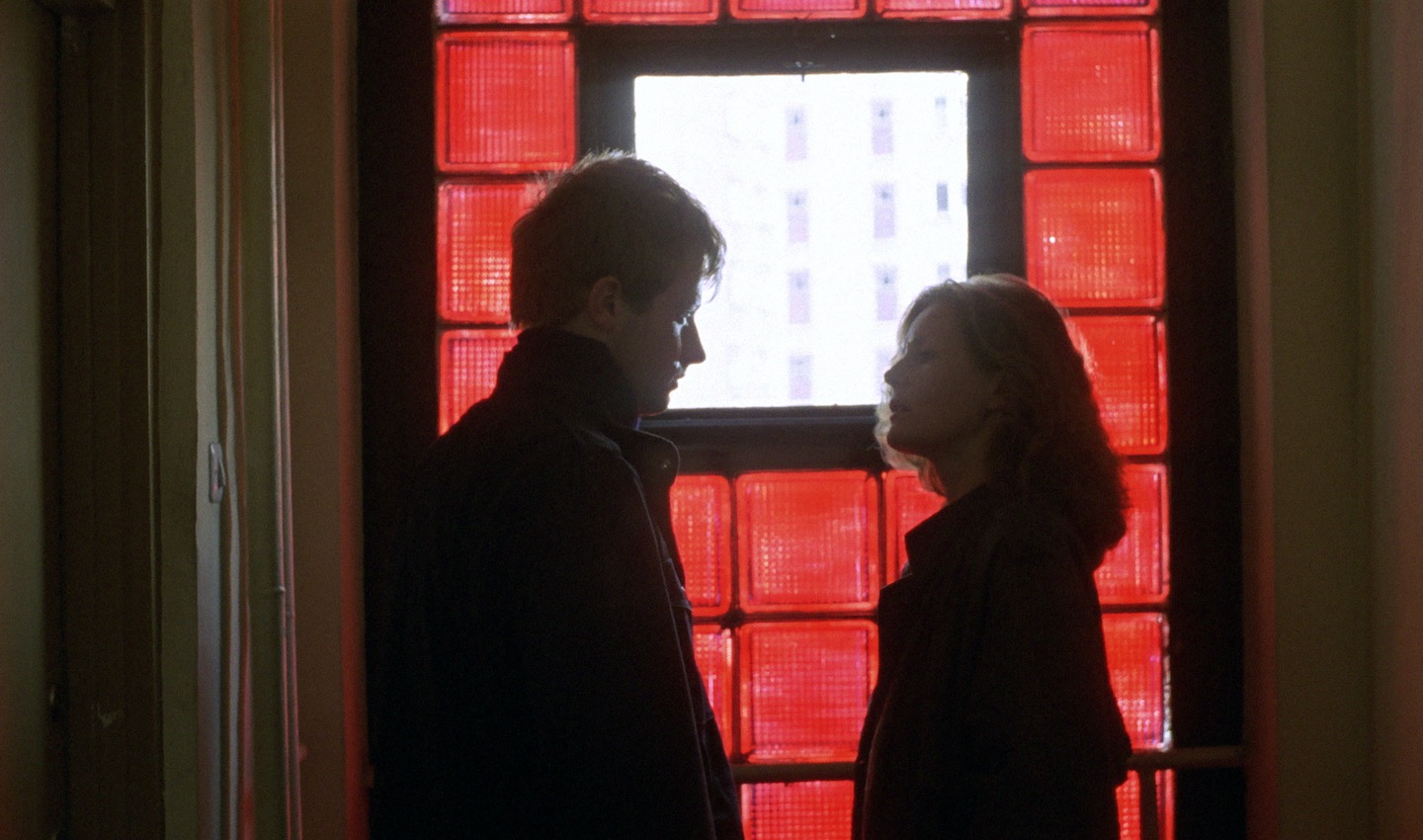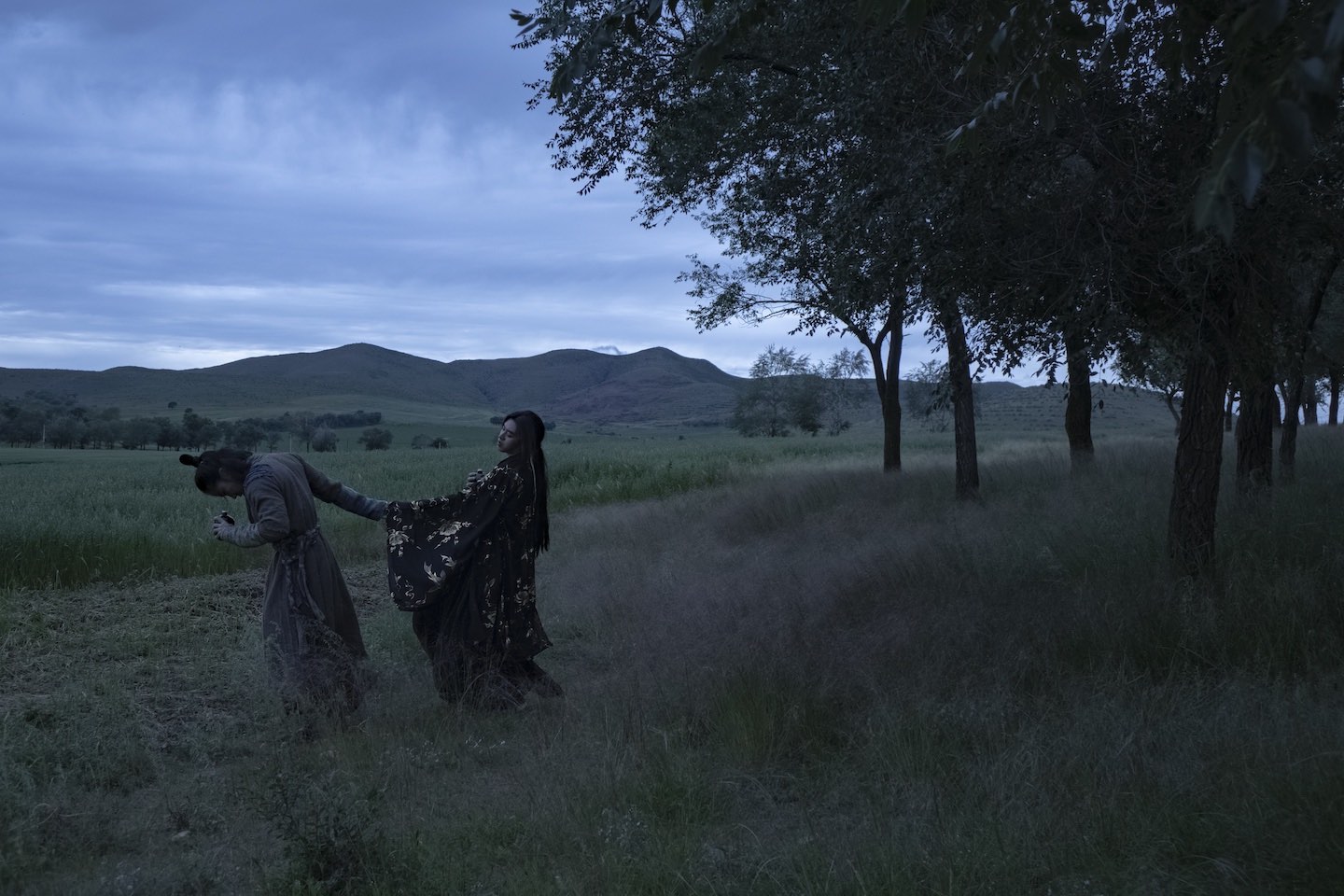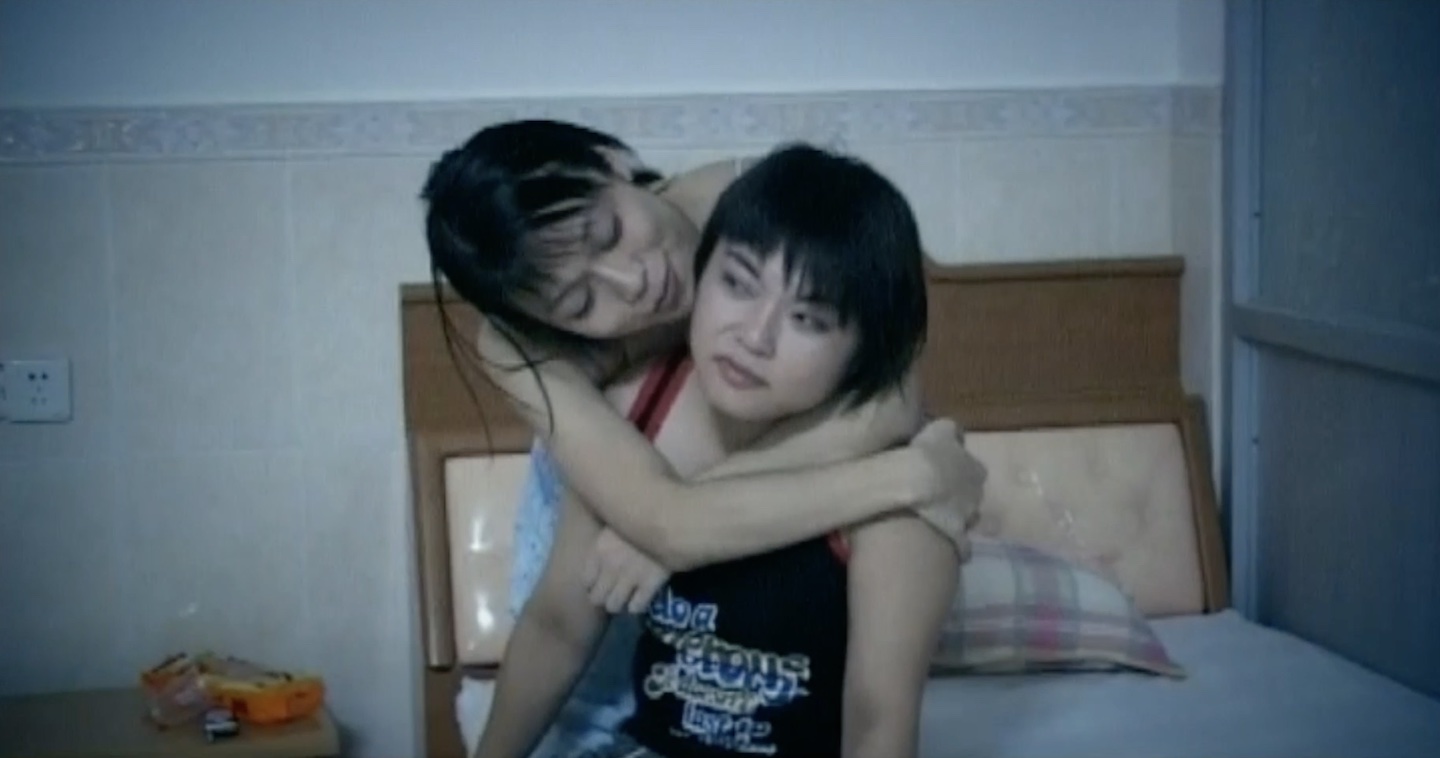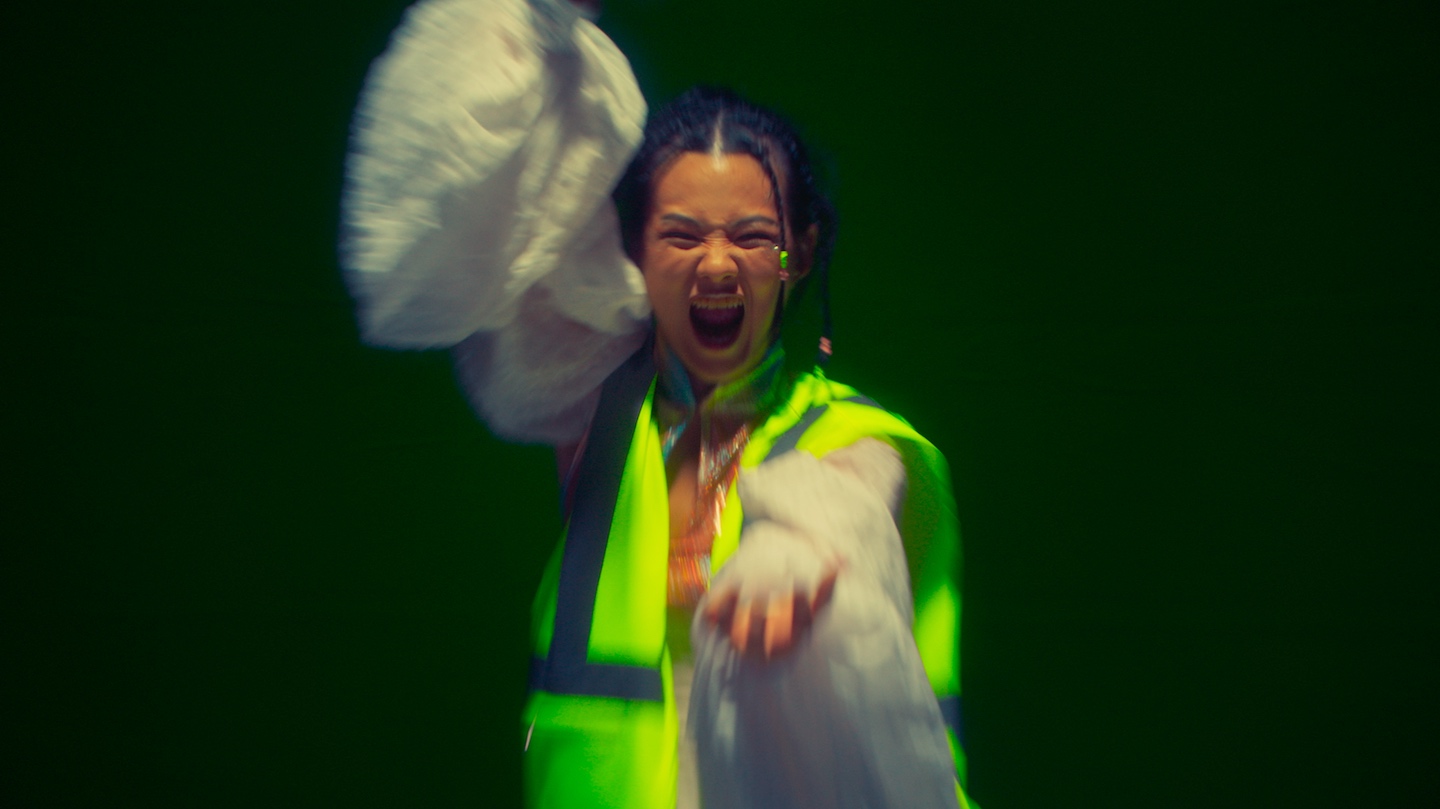Admission starts at $5
April 27, 2024, 3pm
Brooklyn 11205
USA
Join us at e-flux Screening Room on Saturday, April 27 at 3pm and 5pm respectively for the second and third parts of Beyond Security, a special three-part screening that engages with Japan's Okinawa prefecture—its history, identity, and complicated relationship to legacies of wartime and imperialism. Guest-curated by Hallie Ayres, the series consists of a range of films that trouble the impulse to speak for the prefecture, instead allowing for an archipelagic polyvocality that champions Okinawans’ right to self-define.
For Part II of Beyond Security, Go Takamine’s 2017 genre-bending Hengyoro (Queer Fish Lane) upends traditional timelines of past and present to produce a world adrift in its own resistance of categorization. Takamine’s first film since 1989 sees the director experimenting on the level of the form itself, with decomposing celluloid shot decades ago fused with contemporary HD footage superimposed with a cast of mysterious characters. Following Takamine’s distinct classification of his films as Okinawan—rather than Japanese—the film serves as both unreliable retelling of a past suffused with folklore as well as activated archive of a future unbound by imperialism.
Films from Futoshi Miyagi’s American Boyfriend body of work compose the Part III of the program. One of Miyagi’s major ongoing works, American Boyfriend (2012–present) asks whether it is possible for an Okinawan man and an American man to fall in love in Okinawa. The films in this series oscillate between pre- and post-war eras, illustrating the shifting relationship between the entities that govern and the subjects onto whom these differing nationalisms are ascribed. Continuously engaged in understanding his own identity, Miyagi’s films tease out the complicated task of attributing a singular interpretation to histories that contain, inevitably, vast multiplicities.
Part I, which takes place at e-flux Screening Room on Thursday, April 25, will feature films by Chikako Yamashiro, Jun Nguyen-Hatsushiba, and Chris Marker. A parallel screening of Go Takamine's Paradise View (1985, 113 minutes) will be held at Spectacle Theater, our Beyond Security program partner.
Films
3pm Part II
Go Takamine, Hengyoro (Queer Fish Lane) (2017, 81 minutes. Courtesy of Cinematrix, Tokyo)
A man named Tarugani diligently operates a plastic underwater explosion film machine. His buddy Papajo is in charge of plastic surgery, and the two are carrying out contracts at a place called Ifepataijyo to fictionally do-over the lives of Patai Village inhabitants who have attempted suicide. The two also know how to dance, and they are putting on Okinawan plays, and sometimes talk about their deep memory as Island Pshoo. Surrounding them is a random jumble of people who seem almost more animal than human: a rock ‘n’ roller named Missiler; the peculiar tradesman Seitoku with his soulless wives, the Bibiju; and Kame, who works as a plaster artisan and singer of Okinawa folk songs. Why are Tarugani and Papajo here in such a mysterious village, doing this particular work? Before long, something happens that will cause them to leave... Hengyoro (Queer Fish Lane) is a complex Okinawan road movie that mixes fact and fiction to tell the story of two men who cannot forget the wartime memories of their childhood. New HD digital and 8mm film footage is interspersed with older 8mm material shot by Takamine in the 1970s, creating a rich film world that flourishes into a radiant elegy of expressive gesture.
4:30-5pm Intermission and refreshments
5pm Part III
Futoshi Miyagi, The Ocean View Resort (2013, 19 minutes)
The Ocean View Resort centers on a man as he visits his home on an Okinawan island. Narrated in Miyagi’s English, the video follows the man as he takes a walk along the beach and meets an old friend, Y, whom he had fallen in love with—unrequited and untold—during his teenage years. Y recalls the events that transpired on the beach during and after the war, and also of his late grandfather who, back in 1945, shared a fleeting moment of intimacy with a young American soldier as they listened to one of Beethoven’s string quartets. The film shifts from a tale of teenage love to a cruel yet half-forgotten act committed by a group of Japanese soldiers during the war, while referencing the seemingly romantic relationship between men from Okinawa and America at a time of great disturbance and inhumanity. It is also an attempt to deal with Miyagi’s own memories of being a closeted Okinawan teenager, along with details of the island’s gruesome history that Miyagi discovered himself (having never heard such stories from Okinawan elders) and memories of America, the nation that he had once yearned for, resided in, and later departed.
Futoshi Miyagi, Flower Names (2015, 21 minutes)
A five-chapter film, Flower Names begins with the tale of Chloris, the flower nymph who was raped by the wind god Zephyrus. To compensate for his actions, Zephyrus made Chloris the goddess of flowers, naming her Flora and giving her a land filled with flowers. Miyagi compares the myth to the suite of violent incidents that occurred in American-occupied Okinawa, where US servicemen committed brutal acts such as raping local women or leaving their lovers/wives behind when they returned to the US. The following chapters tell tales of romance and violence: the myth of a male love triangle between Zephyrus, Apollo, and Hyacinthus that Mozart tried to turn into an opera at a time when same-sex relationships were taboo; the romantic relationship between Marcel Proust and the composer Reynaldo Hahn, who composed a song called “À Chloris” (To Chloris) that celebrated Chloris’ beauty in a rather anachronistic baroque melody; and the story of an American serviceman stationed in Okinawa, who was also a drag queen. The latter sees the serviceman talk about how the repeal of “Don’t Ask, Don’t Tell” changed, but also didn’t change, the status quo in American military bases. The piece ends with his lip-syncing “À Chloris” in drag, with a mix of awkwardness and grace.
Futoshi Miyagi, How Many Nights (2017, 40 minutes)
How Many Nights takes on a female narrator and covers the stories of five different women spread across different regions and time periods, from the early twentieth century to the aftermath of World War II. The main characters include Winnifred Eaton, a twentieth-century Chinese-Canadian novelist posing under a pseudonym as a Japanese-American; Yuki, the protagonist of Eaton's book A Japanese Nightingale; Tokyo Rose, a Japanese propaganda radio broadcaster during World War II; a failed female composer; and an unnamed Japanese woman interned at the Manzanar concentration camp. The chapters connect through the diaristic narratives of various women engaged in the act of writing and reading, whether it be novel, letter, script, or score. In adopting a female voice as protagonist, Miyagi tests the degrees of empathy and universality addressed in the American Boyfriend series.
For more information, contact program@e-flux.com.
Accessibility
– Two flights of stairs lead up to the building’s front entrance at 172 Classon Avenue.
– For elevator access, please RSVP to program@e-flux.com. The building has a freight elevator which leads into the e-flux office space. Entrance to the elevator is nearest to 180 Classon Ave (a garage door). We have a ramp for the steps within the space.
– e-flux has an ADA-compliant bathroom. There are no steps between the Screening Room and this bathroom.

